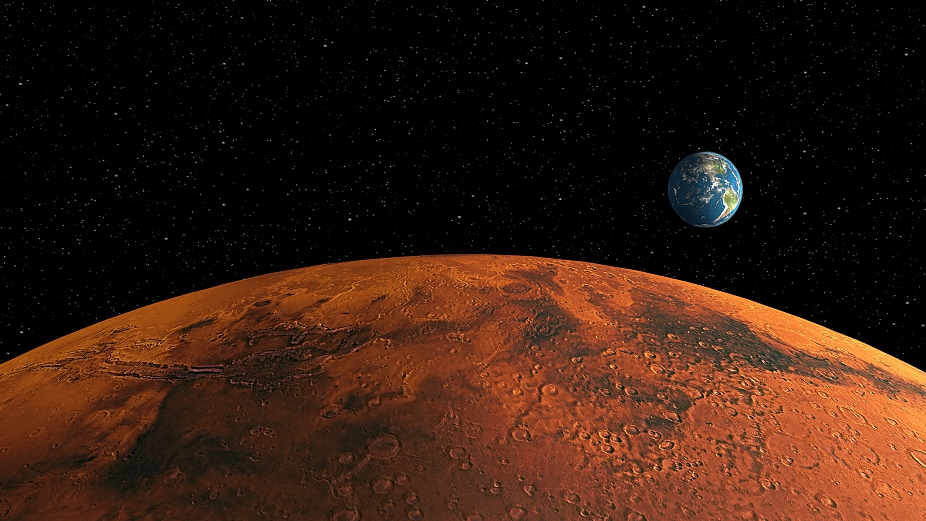Mars is a fascinating planet with a unique history. One of the primary objectives of Mars missions is to search for signs of past or present life. Discovering life beyond Earth would be one of the most significant scientific breakthroughs in history.
NASA envisions sending humans to Mars in the future.
- Mars Rovers: NASA has sent several rovers to Mars, such as Sojourner, Spirit, Opportunity, Curiosity, and Perseverance. These rovers are designed to explore the Martian surface, study its geology, search for signs of past life, and collect data to understand the planet’s history and potential habitability.
- Mars Orbiters: Various space agencies, including NASA and ESA, have launched orbiters that study Mars from above. These orbiters study the planet’s atmosphere, climate, surface features, and act as communication relays for missions on the surface.
- Mars Landers: InSight, a NASA lander, successfully landed on Mars to study the planet’s interior and seismic activity, providing insights into its geology and evolution.
- Sample Return Mission (Planned): NASA’s Perseverance rover (as of my last update) was equipped with the Mars Sample Caching System. It aims to collect Martian soil and rock samples, which will be stored on the surface for a future mission to return them to Earth, allowing scientists to analyze the samples directly.
These missions serve to expand our knowledge of Mars, its history, potential for past or present life, and prepare for future human exploration.





